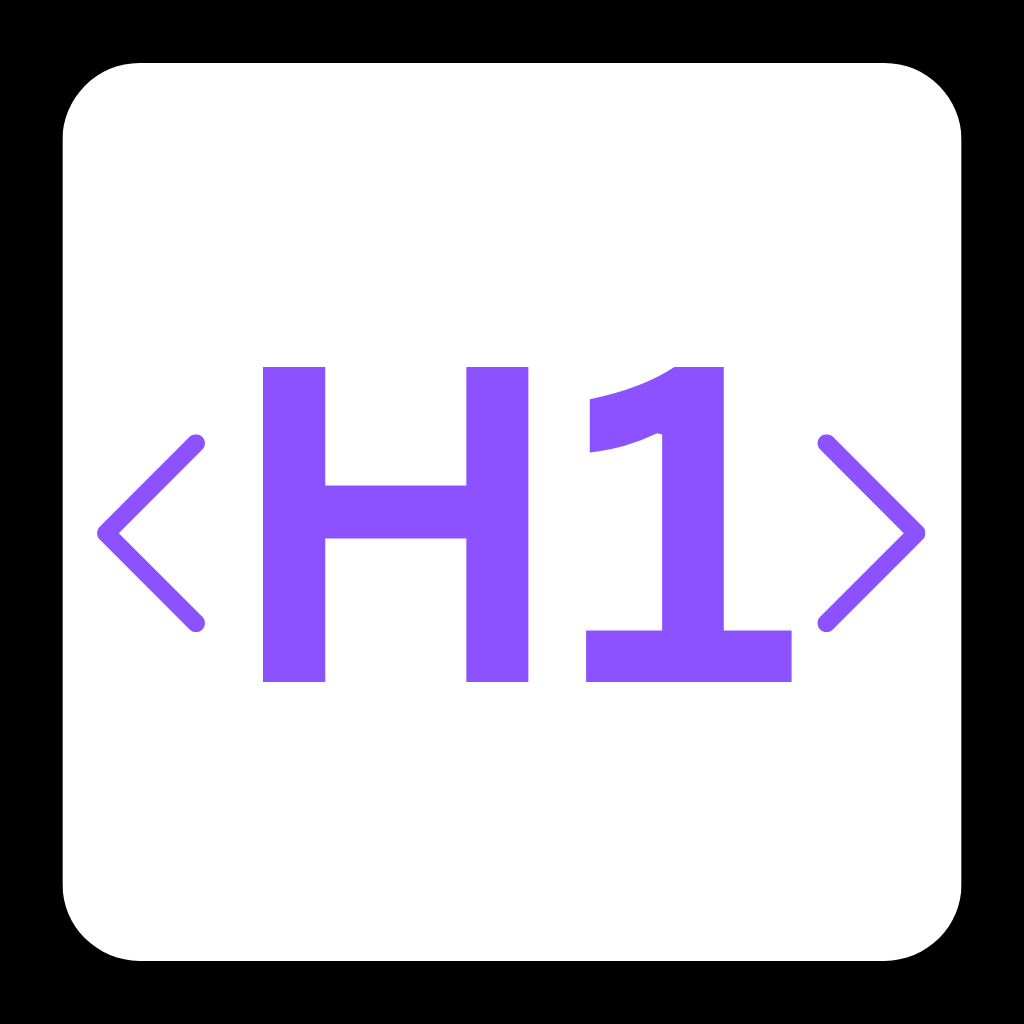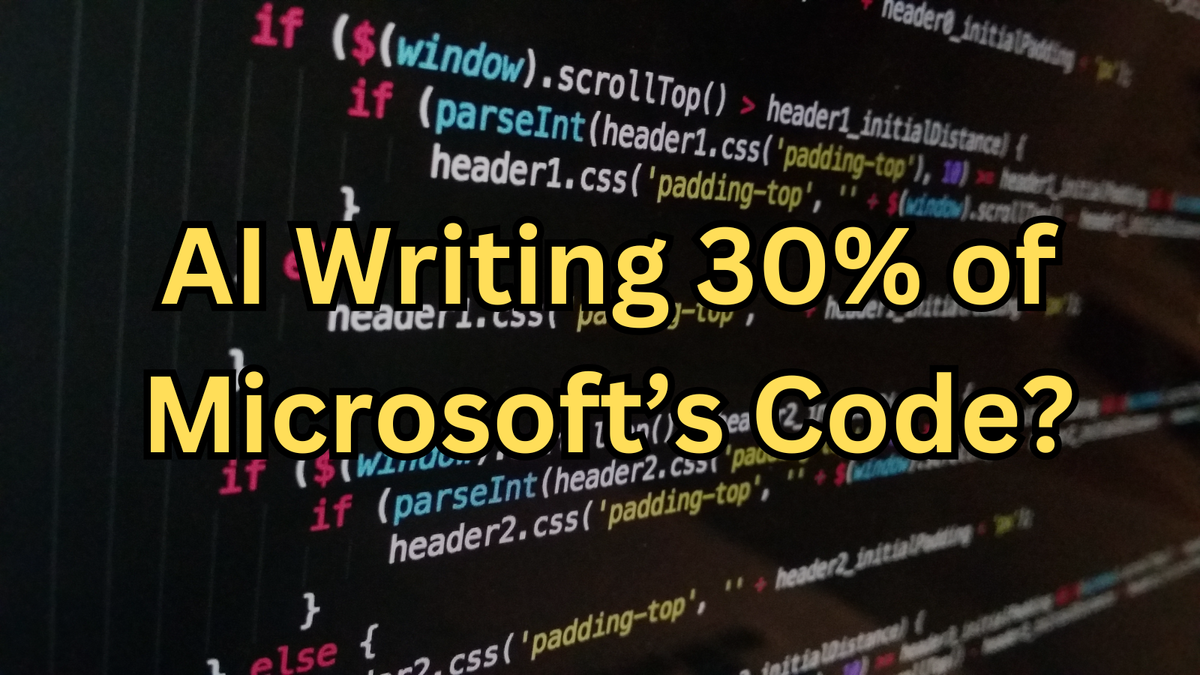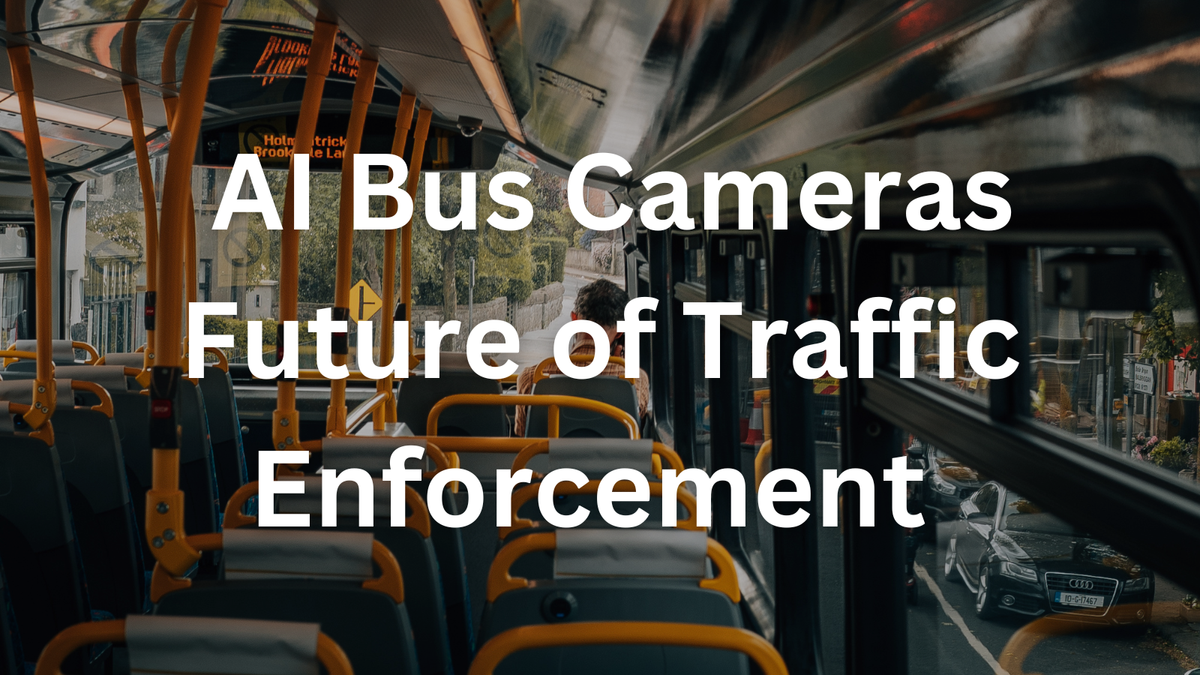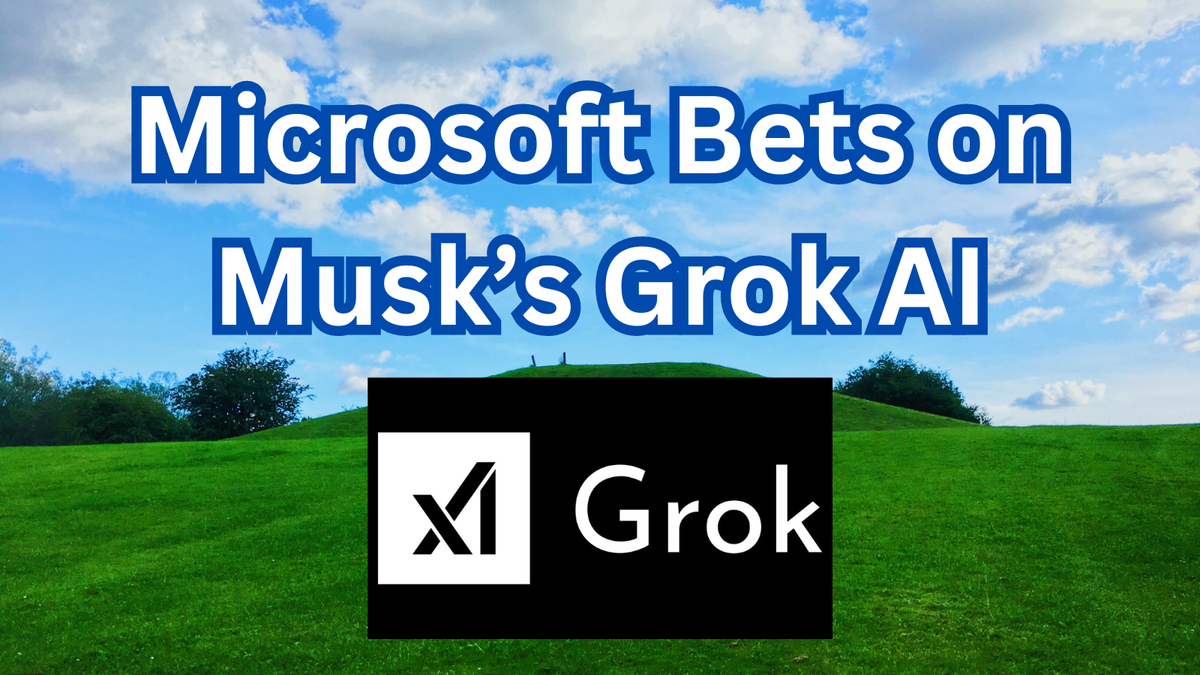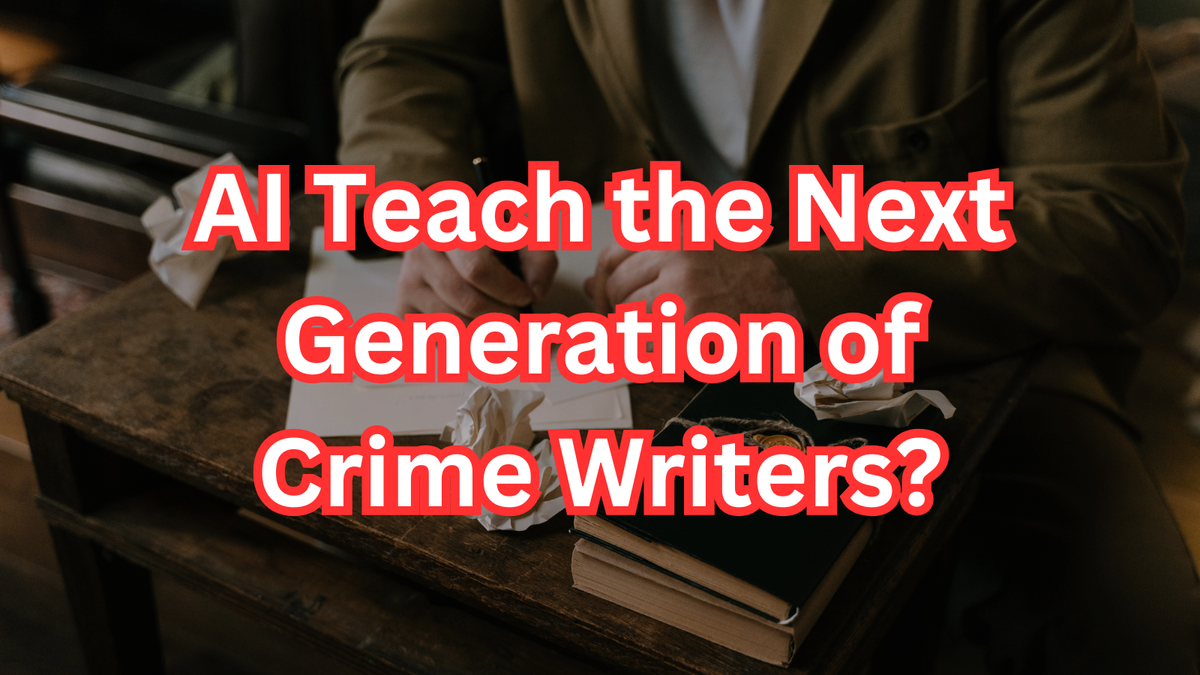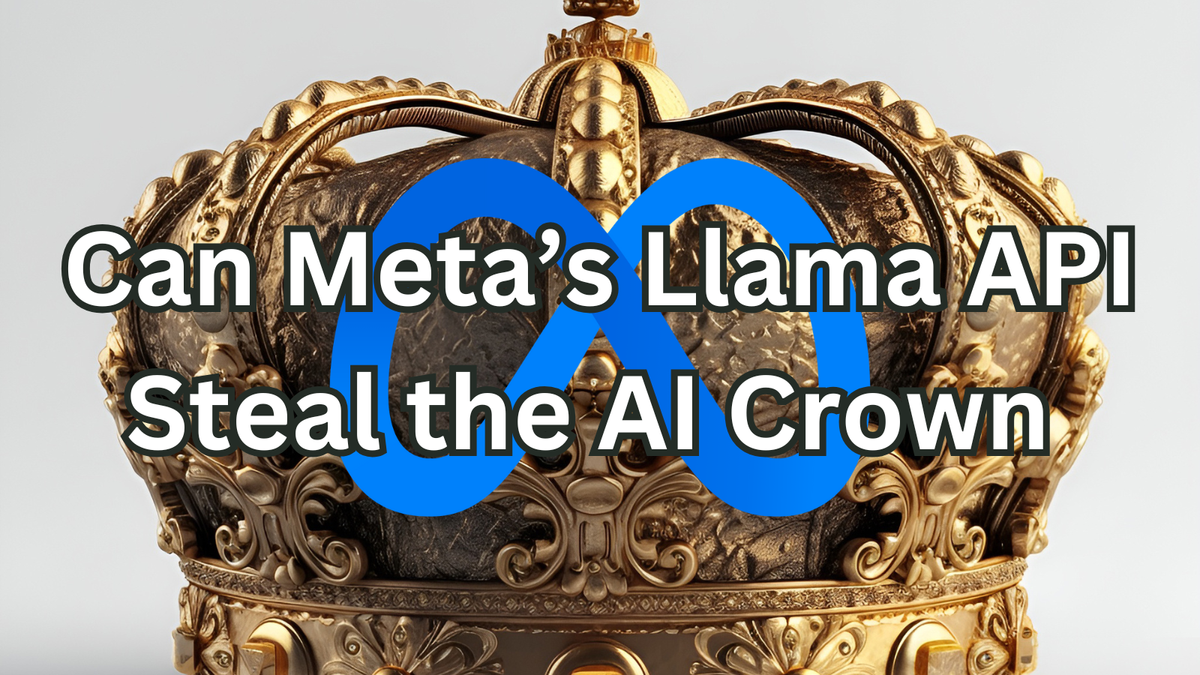Could a Periodic Table' of Machine Learning Algorithms Unlock AI's Next Breakthrough?
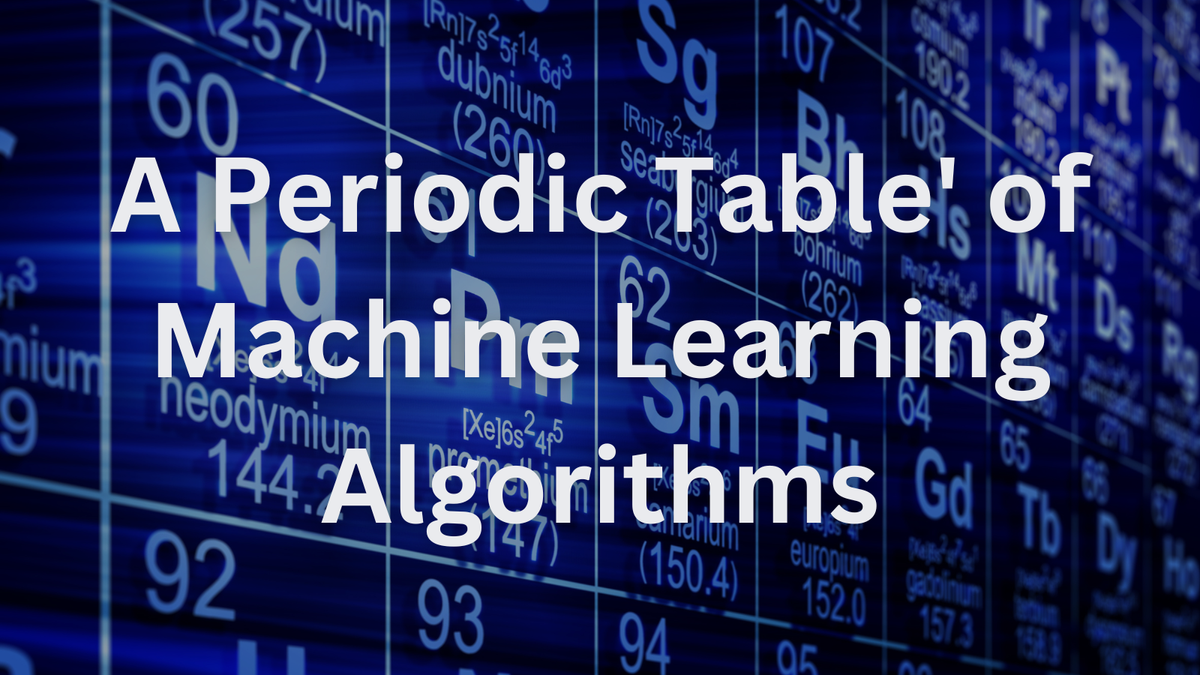
MIT’s radical new framework could end AI’s ‘reinventing the wheel’ era.
Imagine if every time a chemist needed a new compound, they had to start from scratch instead of using the periodic table. That’s been the reality for AI researchers—until now. MIT scientists have created a periodic table for machine learning, revealing hidden connections between 20+ classic algorithms. The result? An 8% performance leap in image classification and a roadmap for smarter AI. Let’s dive in.
🧩 The Fragmentation Problem: AI’s Tower of Babel
- 📊 100+ years of disconnection: Algorithms like clustering (1900s) and contrastive learning (2010s) developed in silos
- 🤯 8% performance gap: Proof that combining existing methods beats solo approaches (MIT’s new hybrid)
- 🔍 The accidental equation: Researchers stumbled on a unifying formula while studying image organization
- 💡 ‘Blank spaces’ found: Like Mendeleev’s original table, gaps predict undiscovered algorithms
✅ The I-Con Revolution: One Equation to Rule Them All
MIT’s Information Contrastive Learning (I-Con) framework isn’t just theory—it’s already reshaping AI design:
- ✅ Unified math: From spam filters to ChatGPT, 100+ years of methods share core equation: minimize deviation between real-world relationships and AI’s approximations
- ✅ Periodic predictions: Table’s structure led to new image-classification algorithm outperforming state-of-the-art by 8%
- ✅ Debiasing breakthrough: Contrastive learning techniques successfully applied to clustering for first time
- ✅ Expandable design: New rows/columns can be added as data relationships evolve

🚧 Roadblocks: Why This Isn’t an AI Panacea
- ⚠️ ‘Framework fatigue’: Researchers wedded to specialized tools may resist big-picture thinking
- ⚠️ Complexity cliff: Combining algorithms requires deep understanding of I-Con’s mathematical backbone
- ⚠️ Gaps ≠ guarantees: Empty periodic table slots need years of testing to validate predictions
- ⚠️ Quote: “Papers that unify algorithms are extremely rare,” warns Hebrew University’s Yair Weiss (not involved)
🚀 Final Thoughts: From Alchemy to AI Chemistry
This isn’t just about better spam filters. By treating machine learning as a system rather than scattered tricks, MIT’s framework could:
- 📈 Democratize AI design: New researchers avoid rediscovering existing methods
- 🚀 Accelerate medical AI: Faster algorithm combinations for drug discovery
- 🌍 Reduce compute waste: Targeted combinations replace brute-force training
But success requires:
- ✅ Industry adoption (Google and Microsoft researchers already involved)
- ✅ Open-source implementations to test predicted ‘missing’ algorithms
- ✅ Cross-pollination between AI subfields
As an AI enthusiast, I’m thrilled—this feels like the dawn of engineering in machine learning. But will it overcome academia’s specialization bias? What algorithm combination would YOU want to see?
Let us know on X (Former Twitter)
Sources: Adam Zewe. Periodic table of machine learning could fuel AI discovery, 2025-04-23. https://news.mit.edu/2025/machine-learning-periodic-table-could-fuel-ai-discovery-0423

